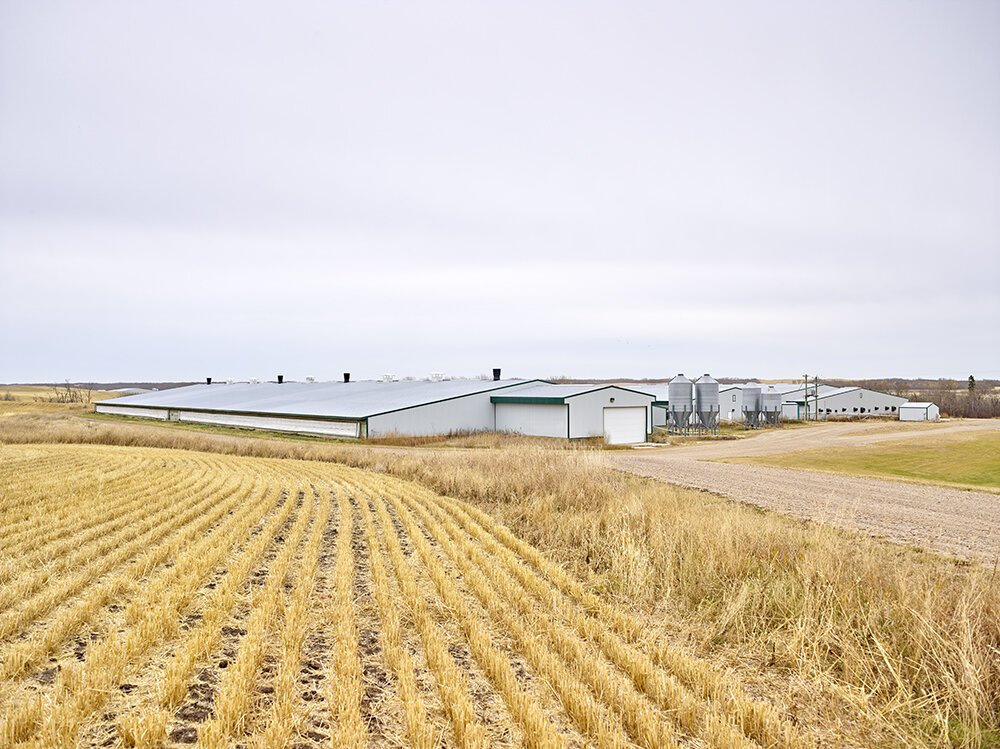Working Toward Optimal Housing for Pig Safety and Welfare
We understand that consumers care about the health, safety and welfare of pigs that are raised for pork products. Did you know that Canada’s pork producers are leaders in the Canadian agriculture industry when it comes to developing protocols for animal care and welfare?
The Canadian pork industry recognizes there are always opportunities for growth and improvement, but many protocols are already in place to ensure safe and healthy pigs.
In 2005, the Canadian Pork Council (CPC) launched the Animal Care Assessment program as an assessment tool to ensure all producers are demonstrating responsible pork production. In January 2012, the Animal Care Assessment became a mandatory requirement under the Canadian Quality Assurance program. Additionally, the National Farm Animal Care Council has developed a Code of Practice that plays an important role in the pork industry’s animal care efforts, as it guides the review of the Animal Care Assessment Program.
The Code of Practice outlines the requirements for all pork producers when it comes to the proper care, health and safety of the animals. This blog post looks at how these requirements work to improve housing systems for the pigs.
Housing Systems
The Code of Practice outlines that housing of pigs needs to provide for their comfort at all times, including the safe, efficient and humane movement.
Housing systems need to provide enough space for the pigs to roam comfortably, as well as good ventilation and appropriate temperature. To ensure this, the Code of Practice outlines that housing systems must be designed, constructed and regularly inspected in such a way that reduces the potential for injury, and provides fresh air, clean conditions and the regulation of temperature.
Flooring and Bedding
Flooring is very important for the health and comfort of the pigs, as it can cause injuries if not properly maintained. To reduce any risk of injuries, all flooring must be designed, constructed and maintained in such a way that minimizes slipping and does not cause suffering to pigs lying or standing on it. Similarly, bedding can provide health and comfort benefits to pigs, especially sows, such as thermal regulation, environmental enrichment and nutrition. Where bedding is provided, it must be clean, dry and safe for the pigs. Mats are typically used for sows and piglets in farrowing crates, as they are believed to provide more comfort than straw beds.
Gestation Stalls and Farrowing Crates
According to the Code of Practice: “Due to the inherent aggressive nature of sows, a combination of group housing with a short period of stall housing can assist in minimizing injuries, improving body condition and can facilitate confirming pregnancy after breeding.”
One of the most important requirements when using gestation stalls is ensuring the stalls are the appropriate size for the individual animal. This ensures they have enough space to be comfortable. It’s also important to note that the gestation stalls are not used for more than a 28-day period.
Farrowing crates are also important, as they help reduce the risk of the sow crushing the piglets during and soon after they are born. Sows are not kept in the farrowing crate any longer than 6 weeks in any one reproductive cycle. Ensuring sows are housed in appropriately sized farrowing crates is important for the welfare of the sows and the piglets. The crate must be big enough for the sow to move around comfortably and have enough space for the piglets to retreat when the sow moves.
To learn more about the housing requirements for pork producers across Canada, as well as all pig welfare protocols, you can read the National Farm Animal Care Council’s Code of Conduct report here: https://www.albertapork.com/wpcontent/uploads/2017/06/pig_code_of_practice.pdf
The views expressed in this document are those of Taste Alberta and do not necessarily reflect the provincial and federal governments.
Credits:
Written by: Elisa Valade
Aug 24, 2020


